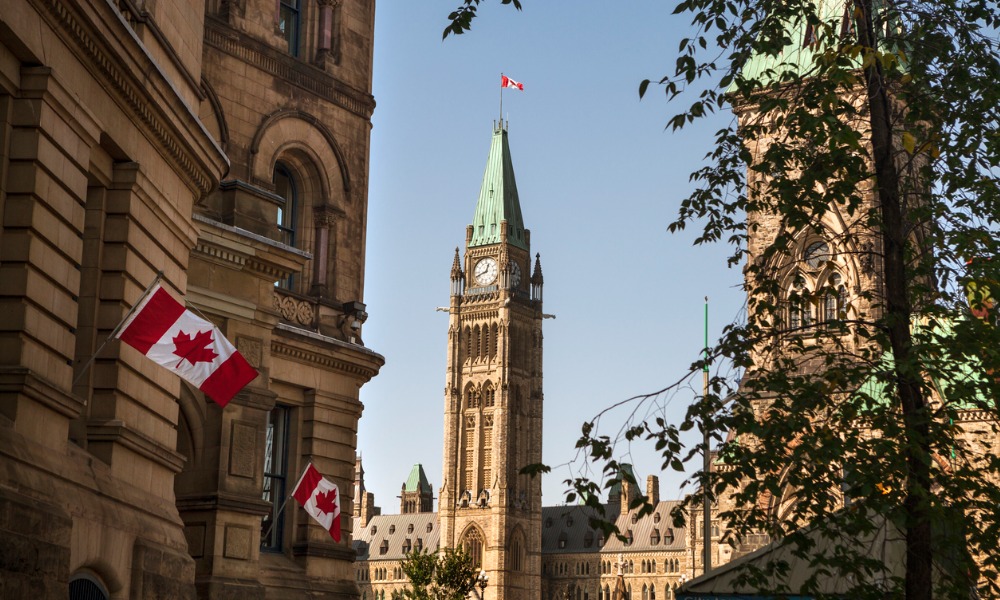
'We'll be watching carefully to see exactly where those cuts are coming from,' says union

The federal government expects the public service workforce population to decline by roughly 5,000 full-time equivalent positions over the next four years as part of Ottawa’s campaign to refocus spending.
The estimate is based on “historical rates of natural attrition,” according to Budget 2024.
The public service had a full-time worker population of roughly 368,000 as of March 31, 2024.
The move is the second phase of refocusing government spending to achieve savings. Previously, Budget 2023 and the 2023 Fall Economic Statement announced a total of $15.8 billion in savings over five years, and $4.8 billion ongoing, to be refocused towards health care, dental care and investments in Canada’s economic plan.
With the announcement of projected reductions, the government is signalling to taxpayers that it's serious about spending their money responsibly, said Chrystia Freeland, deputy prime minister of Canada and minister of finance, in a CBC report.
"It was important, particularly right now, to say that to Canadians," she said.
The reductions are expected to apply broadly across the country, according to the report.
Previous reports noted that Tesla, McKinsey & Co. and Novartis also have plans to lay off workers in the near future.
Even though the reduction in public service workforce headcount does not come as a surprise, it still raises concerns, said Chris Aylward, national president of the Public Service Alliance of Canada (PSAC), in the CBC report.
"You cannot do cuts to the public service without cutting some service to Canadians," Aylward said. "We'll be watching carefully to see exactly where those cuts are coming from and what impact they will have on both our members and the services Canadians rely on every day."
One expert claimed that an attrition-based approach is a safe way to control spending.
"You're not really looking to reopen collective agreements, you're not looking at workforce adjustment costs," Sahir Khan, vice-president of the University of Ottawa's Institute of Fiscal Studies and Democracy, said in the CBC report. "This is probably the lightest touch that you could possibly have on reducing the overall cost of government."
The cost of public administration has grown noticeably at the federal level, he said.
"I think the issue now is, do you make an aggressive move to try to right-size the federal public service, or do you wait until after an election? I think the answer is, they're taking the safest possible action they can right now, which is to leverage attrition,” Khan said.
Under Budget 2024, Ottawa is also providing $1 billion in low-cost loans and $60 million in non-repayable grants to help public and not-for-profit child care providers build new spaces and renovate their existing child care centres.
Also, as part of Ottawa’s refocusing of the budget, starting on April 1, 2025, federal public service organizations will be required to cover a portion of increased operating costs through their existing resources.
Altogether, this will achieve the remaining savings of $4.2 billion over four years, starting in 2025-26, and $1.3 billion ongoing towards the refocusing government spending target.
“Canadians know how important it is to responsibly manage a budget while at the same time contending with rising costs, and they rightly expect the government to do the same,” said the federal government under Budget 2024. “This measure will not impact the delivery of benefits to Canadians and will be implemented in a way that continues to support regional representation and a diverse public service workforce.”